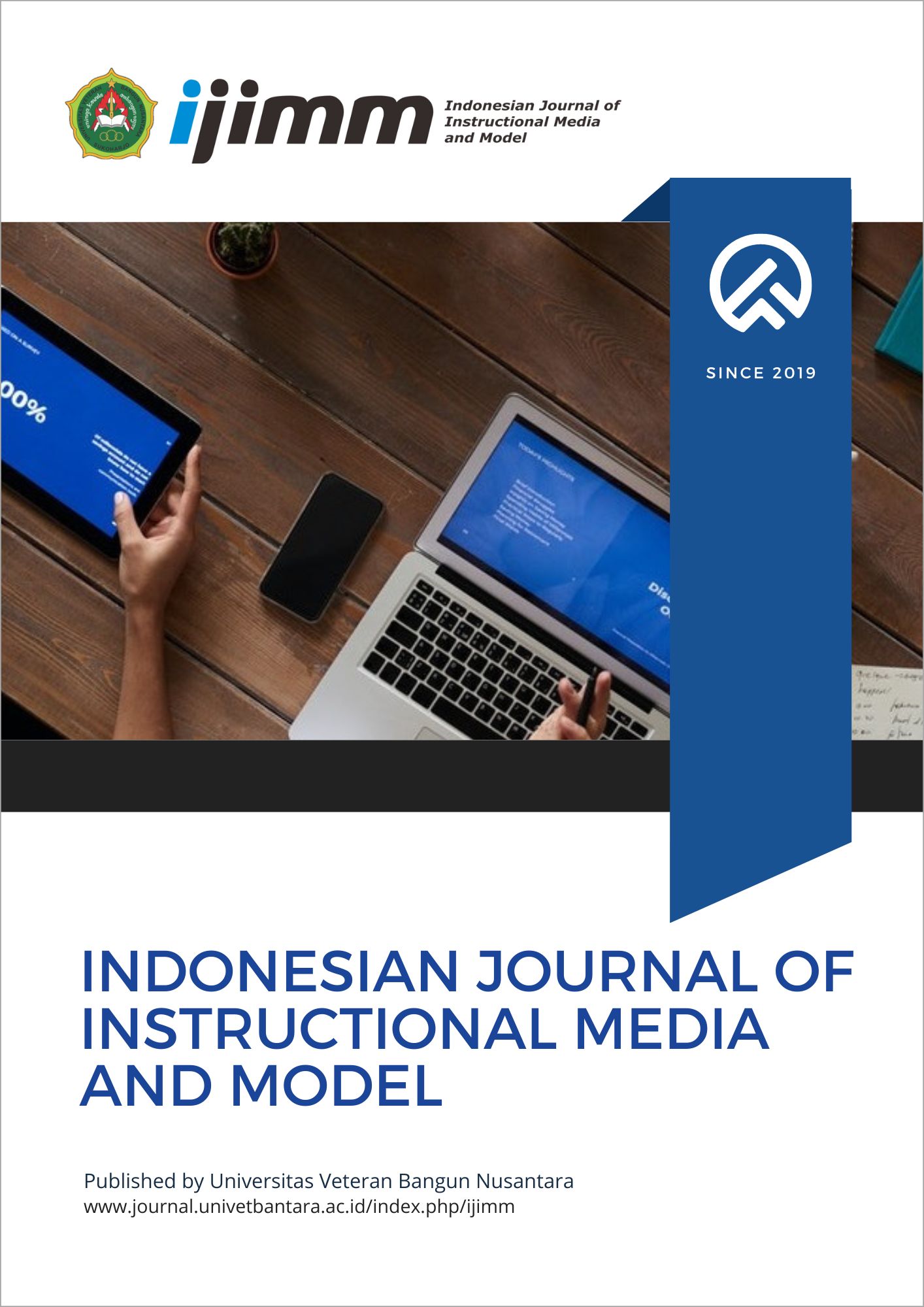Visual Representations in Indonesian Chemistry Textbooks: Supporting Deep Learning for 2025 Educational Goals
DOI:
https://doi.org/10.32585/ijimm.v7i1.6438Abstract
Indonesian students struggle with abstract science concepts, as reflected in their low performance in international assessments. The primary learning resource is still textbook, and their visual materials are significant in helping students understand abstract concepts, especially in chemistry. However, visuals are often underutilized in science education. To address this gap, this study analyzes visual representations in Indonesian chemistry textbooks of the 2013 Curriculum to inform future improvements aligned with Indonesia’s 2025 educational goals. Two widely used textbooks for grades X and XII were examined to explore differences across grades. Using qualitative content analysis and a modified rubric, the study reveals that symbolic visuals that have explicit surface features (such as chemical formula and equations) dominate, while macroscopic and sub-microscopic visuals are underrepresented. In relation to the text, most visuals are completely related with the content but not directly referred to in the text, which may hinder students’ understandings. Positively, most visuals are contiguous (positioned close to the related text) with the related text and categorized as either with-caption or incorporated into text. These findings highlight gaps in textbook design, such as overreliance on symbolic visuals and poor visual-text integration. To support deep learning, textbooks should include multi-level visuals, ensure direct referencing, and provide clear captions. These changes are essential for fostering deeper understanding and aligning with Indonesia’s 2025 educational goals, offering insights for improving textbook quality.
Indonesian students struggle with abstract science concepts, as reflected in their low performance in international assessments. The primary learning resource is still textbook, and their visual materials are significant in helping students understand abstract concepts, especially in chemistry. However, visuals are often underutilized in science education. To address this gap, this study analyzes visual representations in Indonesian chemistry textbooks of the 2013 Curriculum to inform future improvements aligned with Indonesia’s 2025 educational goals. Two widely used textbooks for grades X and XII were examined to explore differences across grades. Using qualitative content analysis and a modified rubric, the study reveals that symbolic visuals that have explicit surface features (such as chemical formula and equations) dominate, while macroscopic and sub-microscopic visuals are underrepresented. In relation to the text, most visuals are completely related with the content but not directly referred to in the text, which may hinder students’ understandings. Positively, most visuals are contiguous (positioned close to the related text) with the related text and categorized as either with-caption or incorporated into text. These findings highlight gaps in textbook design, such as overreliance on symbolic visuals and poor visual-text integration. To support deep learning, textbooks should include multi-level visuals, ensure direct referencing, and provide clear captions. These changes are essential for fostering deeper understanding and aligning with Indonesia’s 2025 educational goals, offering insights for improving textbook quality.
Downloads
Downloads
Published
How to Cite
Issue
Section
License
Copyright (c) 2025 Jovita Ridhani, Sari Trisnaningsih, Ika Nur Fitriani

This work is licensed under a Creative Commons Attribution-ShareAlike 4.0 International License.
Authors who publish with the Indonesian Journal of Instructional Media and Model agree to the following terms:
- Authors retain copyright and grant the journal the right of first publication with the work simultaneously licensed under a Creative Commons Attribution License (CC BY-SA 4.0) that allows others to share the work with an acknowledgment of the work's authorship and initial publication in this journal.
- Authors are able to enter into separate, additional contractual arrangements for the non-exclusive distribution of the journal's published version of the work (e.g., post it to an institutional repository or publish it in a book), with an acknowledgment of its initial publication in this journal.
- Authors are permitted and encouraged to post their work online (e.g., in institutional repositories or on their website) prior to and during the submission process, as it can lead to productive exchanges, as well as earlier and greater citation of published work.





